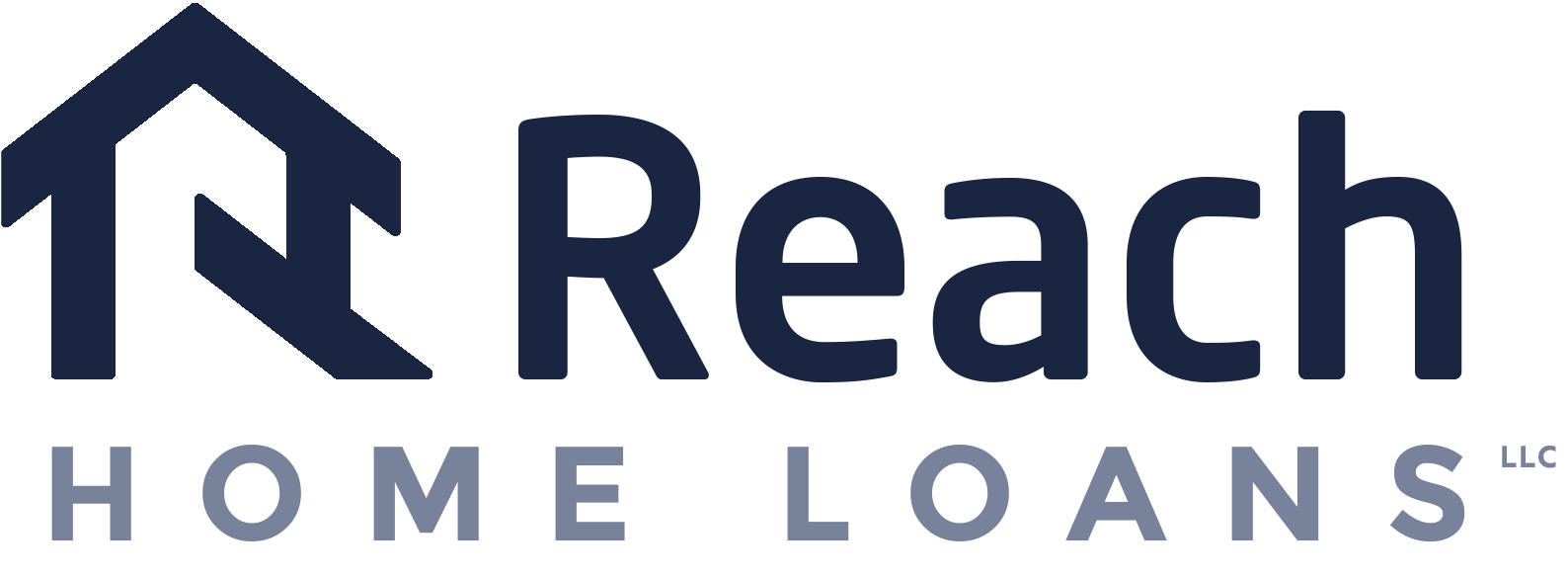A Total Introduction of Conventional Mortgage Loans for First-Time Purchasers
Wiki Article
The Essential Aspects to Consider When Deciding On In Between Fixed-Rate and Adjustable-Rate Home Loan Finances
When assessing mortgage choices, consumers encounter a critical choice in between adjustable-rate and fixed-rate car loans, each providing prospective challenges and unique advantages. Secret factors to consider such as rates of interest stability, predictability in regular monthly repayments, and the effects of prospective price changes can significantly impact long-term economic health. Comprehending the expected duration of homeownership and the general expense of borrowing can shape one's method. As these variables intertwine with individual monetary scenarios and run the risk of tolerance, the ramifications of this choice might not be as straightforward as they seem. What subtleties should be focused on in this vital decision-making process?Rate Of Interest Stability
When selecting a home loan, comprehending passion price stability is crucial for notified decision-making. Rate of interest prices can significantly influence the overall cost of a home mortgage, and identifying the nature of these rates is essential for debtors.On the various other hand, adjustable-rate mortgages (ARMs) begin with reduced preliminary prices that might transform periodically based upon market conditions. While this can result in lower repayments at first, it likewise introduces uncertainty, as borrowers may face boosted repayments if rates of interest increase. For those thinking about an ARM, it is essential to evaluate the possibility of price modifications, the capacity for payment boosts, and the size of the first fixed-rate period.
Eventually, the choice between adjustable-rate and fixed-rate home loans pivots on specific threat resistance and financial scenarios. Understanding rate of interest stability helps customers make informed choices that line up with their long-lasting monetary goals.
Monthly Settlement Predictability
While consumers often prioritize rates of interest stability, the predictability of monthly payments is similarly essential in the mortgage option procedure (Conventional mortgage loans). Monthly repayment predictability plays an important role in budgeting and economic planning, as it straight impacts a property owner's cash money flow and total economic health and wellnessFixed-rate home mortgages use a regular month-to-month repayment throughout the life of the loan, permitting consumers to anticipate and prepare their costs efficiently. This security can be especially useful for first-time buyers or those on a set earnings, as it removes the unpredictability linked with fluctuating settlements.
On the other hand, adjustable-rate mortgages (ARMs) usually include lower first settlements that can transform with time, leading to potential variability in regular monthly obligations. While originally enticing, this changability can make complex financial planning, particularly if consumers do not account for future price changes.
Prospective Price Adjustments
In the world of variable-rate mortgages (ARMs), prospective rate modifications stand for a considerable factor that customers have to carefully take into consideration. Unlike fixed-rate home mortgages, where the rates of interest remains unchanged for the life of the lending, ARMs are identified by fluctuating rate of check out here interest that are linked to market indices. This irregularity can cause substantial changes in month-to-month payments, impacting the borrower's monetary preparation and budgeting.Borrowers must be aware of the margin and index made use of to compute these modifications, as they straight affect future interest prices. Additionally, ARMs frequently include caps that limit how much the interest price can boost at each modification and over the life of the funding, which can provide some level of defense versus extreme rate walks.
Understanding these possible adjustments is important for borrowers, as they straight affect long-term repayment commitments. For that reason, evaluating individual monetary circumstances and run the risk of tolerance is essential when deciding whether an ARM aligns with one's economic objectives.
Loan Term Considerations
Finance term factors to consider play a crucial duty in the decision-making process for debtors picking between adjustable-rate and fixed-rate home loans. The length of the lending term substantially influences regular monthly settlements, rate of interest prices, and general financial planning.
Inevitably, consumers have to analyze their individual circumstances, financial objectives, and market problems when evaluating the ramifications of lending term choices within each mortgage Recommended Reading type.

General Expense of Loaning
Fixed-rate home loans provide foreseeable regular monthly payments, as the interest price continues to be consistent throughout the lending term. This predictability can lead to lower total expenses, specifically in a steady or decreasing interest rate setting.Alternatively, adjustable-rate mortgages (ARMs) normally begin with reduced preliminary rates, resulting in minimized upfront prices. Nonetheless, these prices can boost after a first duration, causing potentially higher long-lasting prices. Debtors need to think about the regularity and extent of rate modifications, along with the total lending duration, to precisely assess the economic effects.
Moreover, the total expense of loaning encompasses not only interest rates but also charges and other linked costs, such as shutting expenses and insurance policy (Conventional mortgage loans). As a result, when examining mortgage options, customers ought to perform a comprehensive cost analysis over the life of the financing. By doing so, they can make an enlightened decision that straightens with their monetary goals and risk tolerance
Conclusion
In verdict, selecting in between fixed-rate and adjustable-rate home loan requires cautious factor to consider of numerous vital variables. Passion rate security and monthly payment predictability are paramount for effective budgeting, while the possibility for price changes in ARMs introduces monetary unpredictability. Additionally, the expected period of homeownership and the total price of borrowing, including rate of interest and connected charges, must line up with specific economic circumstances and risk resistance. Such a thorough evaluation will assist in educated decision-making in mortgage option.Secret considerations such as passion price stability, predictability in monthly repayments, and the effects of possible rate adjustments can considerably impact lasting monetary health. Passion rates can considerably impact the overall expense of a mortgage, and identifying the nature of these prices is vital for customers. Unlike fixed-rate home mortgages, where the interest rate remains the same for the life of the funding, ARMs are defined by changing passion rates that are tied to market indices. In addition, ARMs commonly include caps that limit how much the interest price can enhance at each adjustment and over the life of the financing, which can try this offer some degree of protection against radical price walks.
Rate of interest rate stability and month-to-month repayment predictability are extremely important for efficient budgeting, while the potential for price changes in ARMs presents financial uncertainty.
Report this wiki page